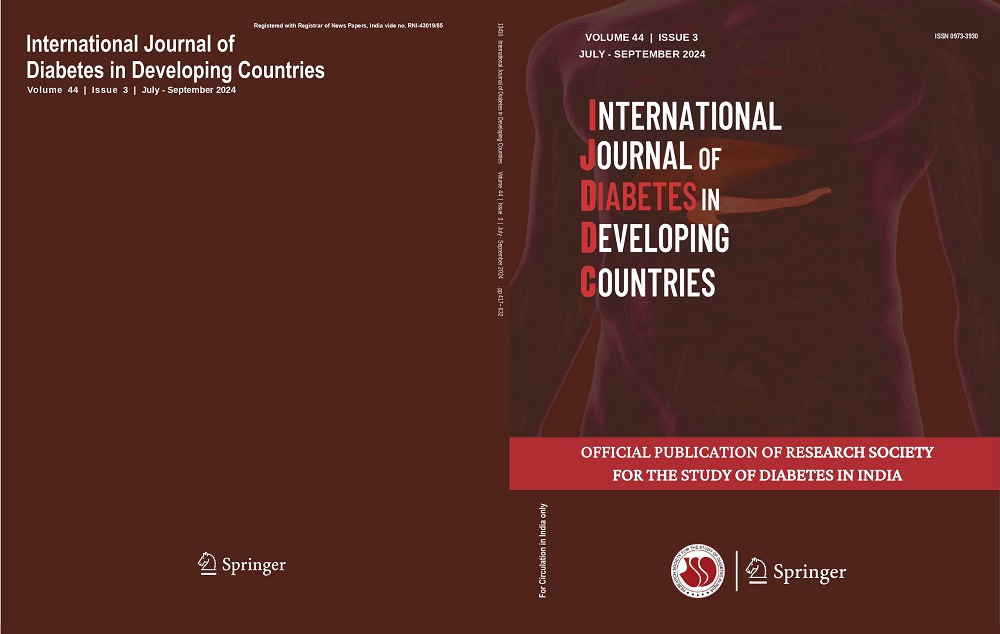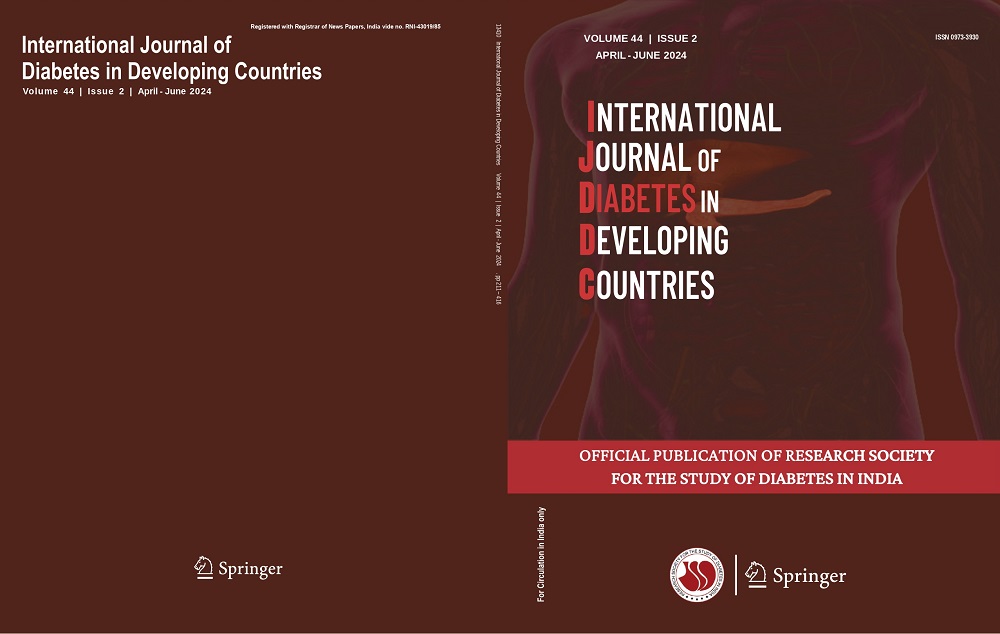Jyoti Sharma, Irshad Ahmad, Arun Kumar Chandresh Singh
Keywords
Diabetes • Diabetic neuropathy • Manual therapy • Exercises • Nerve conduction studies
Background Diabetes and related peripheral neuropathy result in various sensory and motor complications. Such changes are documented early and more precisely in nerve conduction studies than in clinical evaluation and quantitative sensory testing. Different exercises and mobilization also affect the same differently.
Objective This review aimed to compile the current evidence on the effectiveness of exercises and manual therapy on nerve conduction studies of lower limbs in patients with diabetes and diabetic peripheral neuropathy and to evaluate the underlying mechanisms.
Methods Studies that examined the effects of different exercises and manual therapy on nerve conduction studies of lower limbs in patients with diabetes mellitus and diabetic peripheral neuropathy were searched on available databases. The PRISMA statement was followed. Quality check was done using the Pedro scale.
Results Thirteen studies matched the inclusion criteria. Interventions included moderate-intensity aerobic exercises, resistance exercises, tai chi exercises, sensorimotor and gait training, neurodynamic mobilization, and a combination of aerobics and resistance training.
Conclusion The present systematic review suggests that 8 to 12 weeks of physical exercise improves nerve conduction velocity of the motor tibial, peroneal nerve, and sensory sural nerve in diabetes with or without peripheral neuropathy.




